Subscribe to our ▶️YouTube channel🔴 for the latest videos, updates, and tips.
Home | About Us | Contact Us | Privacy | Math Blog
Like and Unlike Fractions
Like and unlike fractions are the two groups of fractions:
(i) 1/5, 3/5, 2/5, 4/5, 6/5
(ii) 3/4, 5/6, 1/3, 4/7, 9/9
In group (i) the denominator of each fraction is 5, i.e., the denominators of the fractions are equal.
The fractions with the same denominators are called like fractions.
In group (ii) the denominator of each fraction is different, i.e., the denominators of all the fractions are different.
The fractions with different denominators are called unlike fractions.
Examples of like fractions are:
(a) (2/9, 3/9, 5/9, 9/9);
(b) (3/10, 7/10, 1/10, 9/10);
(c) (1/7, 2/7, 4/7, 5/7, 7/7)
Examples unlike fractions are:
(a) (1/2, 1/4, 2/3, 5/6)
(b) (3/8, 2/3, 3/5, 2/7)
(c) (1/9, 2/7, 3/4, 2/5).
Like Fractions:
Observe the following figures.
The fraction 18, 28, 38 have the same denominator. Such fractions are called like fractions.
Unlike Fractions:
In figure (i) one part is shaded out of 3 parts, the fraction represented is 13.
In figure (ii) has two parts shaded out of 3 parts, the fraction represented is 25.
In figure (iii) we have three parts shaded out of 7 parts, the fraction represented is 37.
The fraction 13, 25, 37 have different denominators. Such fractions are called unlike fractions.
Worksheet on Like and Unlike Fractions:
1. Which of the following is a set of like fractions?
|
(i) 19, 59, 49, 119 (iii) 411, 58, 79, 17 |
(ii) 17, 28, 419, 76 (iv) 411, 58, 79, 17 |
Answer:
1. (i) First set is like fractions because denominators are the same.
2. Which of the following is a set of unlike fractions?
|
(i) 113, 1315, 1517, 1719 (iii) 416, 116, 216, 916 |
(ii) 412, 512, 812, 912 (iv) 89, 17, 78, 811 |
Answer:
2. (i) First and fourth sets are unlike fractions because denominators are not the same
Related Concept
● Representation of a Fraction
● Properties of Equivalent Fractions
● Comparison of Like Fractions
● Comparison of Fractions having the same Numerator
● Conversion of Fractions into Fractions having Same Denominator
● Conversion of a Fraction into its Smallest and Simplest Form
● Addition of Fractions having the Same Denominator
● Subtraction of Fractions having the Same Denominator
● Addition and Subtraction of Fractions on the Fraction Number Line
4th Grade Math Activities
From Like and Unlike Fractions to HOME PAGE
Didn't find what you were looking for? Or want to know more information about Math Only Math. Use this Google Search to find what you need.
Recent Articles
-
What is Area in Maths? | Units to find Area | Conversion Table of Area
Jul 17, 25 01:06 AM
The amount of surface that a plane figure covers is called its area. It’s unit is square centimeters or square meters etc. A rectangle, a square, a triangle and a circle are all examples of closed pla… -
Worksheet on Perimeter | Perimeter of Squares and Rectangle | Answers
Jul 17, 25 12:40 AM
Practice the questions given in the worksheet on perimeter. The questions are based on finding the perimeter of the triangle, perimeter of the square, perimeter of rectangle and word problems. I. Find… -
Formation of Square and Rectangle | Construction of Square & Rectangle
Jul 16, 25 11:46 PM
In formation of square and rectangle we will learn how to construct square and rectangle. Construction of a Square: We follow the method given below. Step I: We draw a line segment AB of the required… -
Perimeter of a Figure | Perimeter of a Simple Closed Figure | Examples
Jul 16, 25 02:33 AM
Perimeter of a figure is explained here. Perimeter is the total length of the boundary of a closed figure. The perimeter of a simple closed figure is the sum of the measures of line-segments which hav… -
Formation of Numbers | Smallest and Greatest Number| Number Formation
Jul 15, 25 11:46 AM
In formation of numbers we will learn the numbers having different numbers of digits. We know that: (i) Greatest number of one digit = 9,
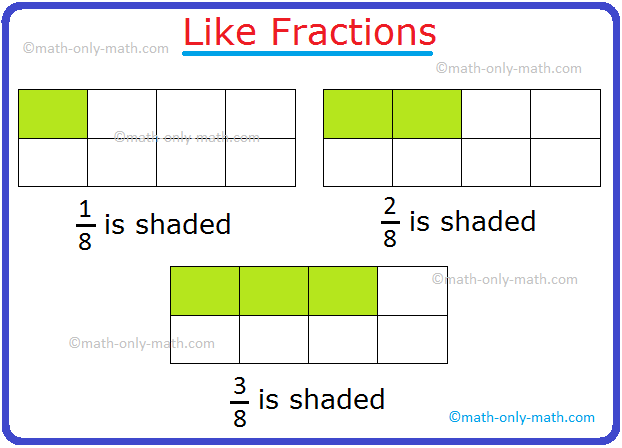
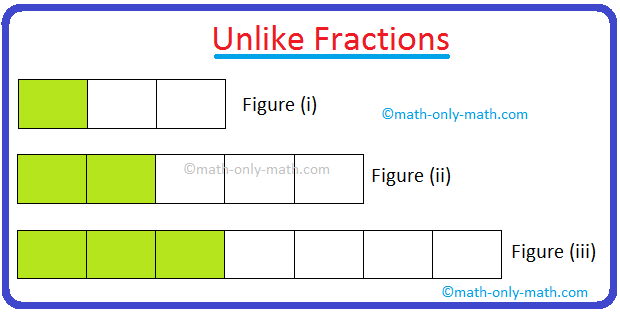
![To convert a percentage into a fraction, place the given number over 100 and reduce it to its lowest term. Consider the following example: (i) 20% [We know % = 1/100]](/images/convert-a-percentage-into-a-fraction.png)
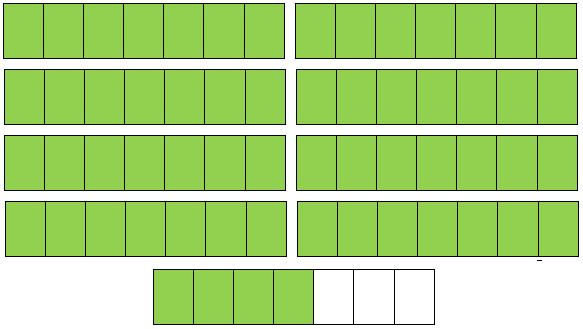
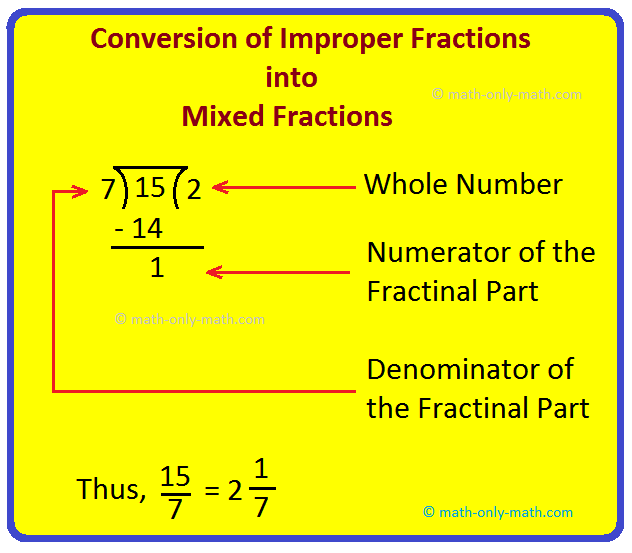
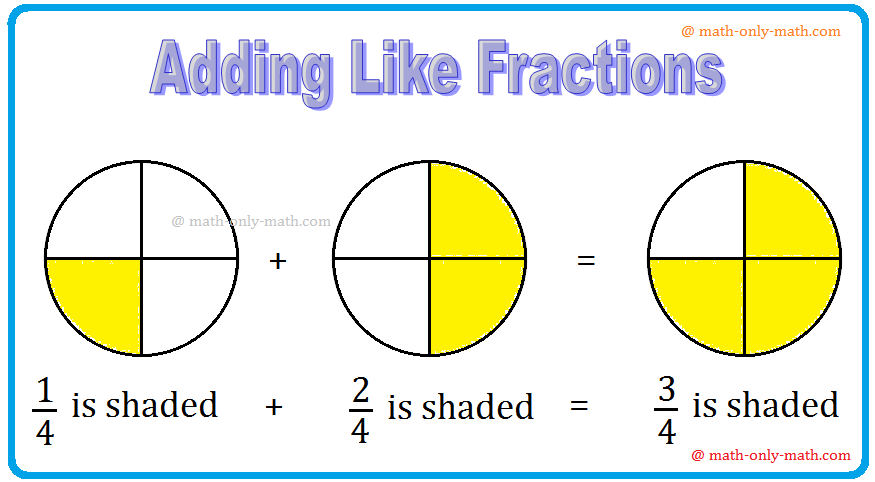


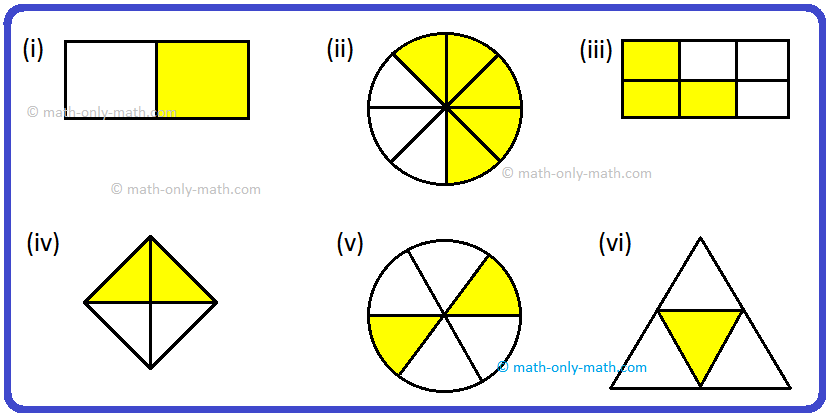


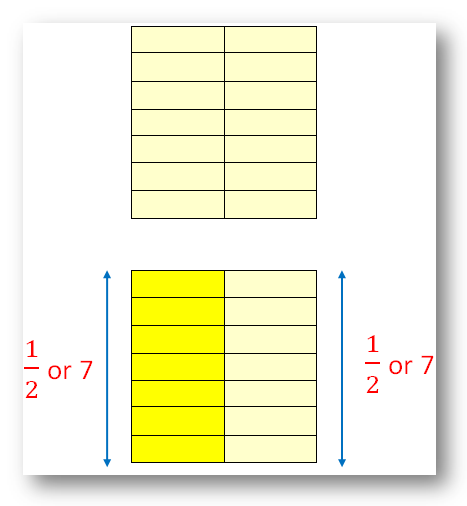

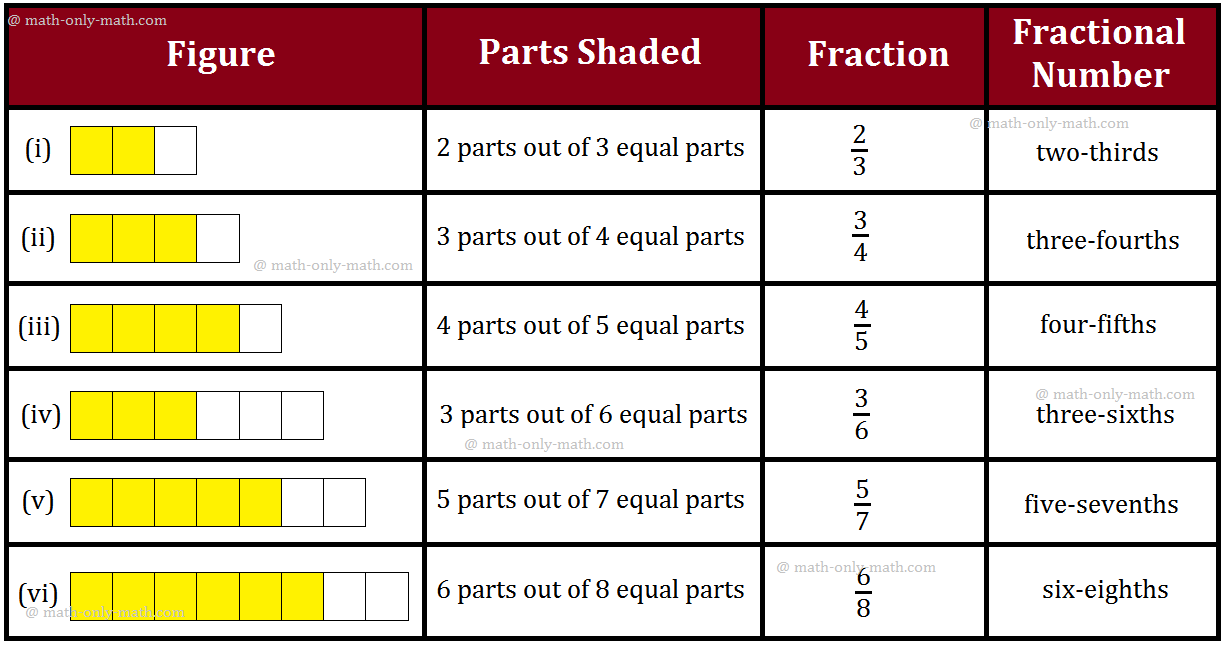


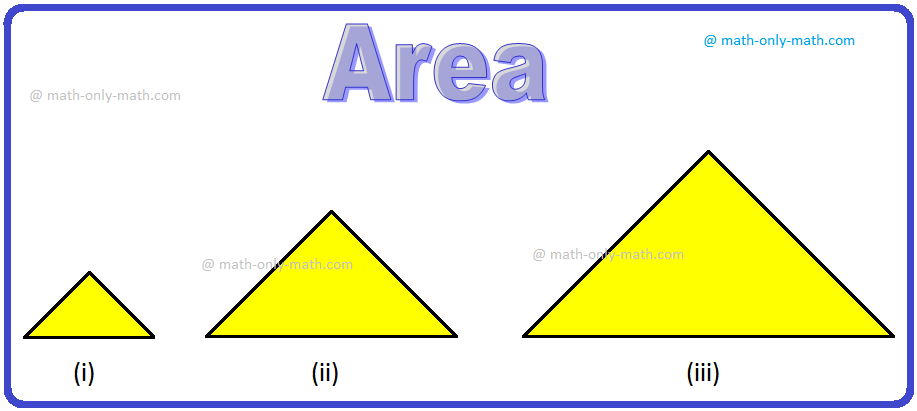
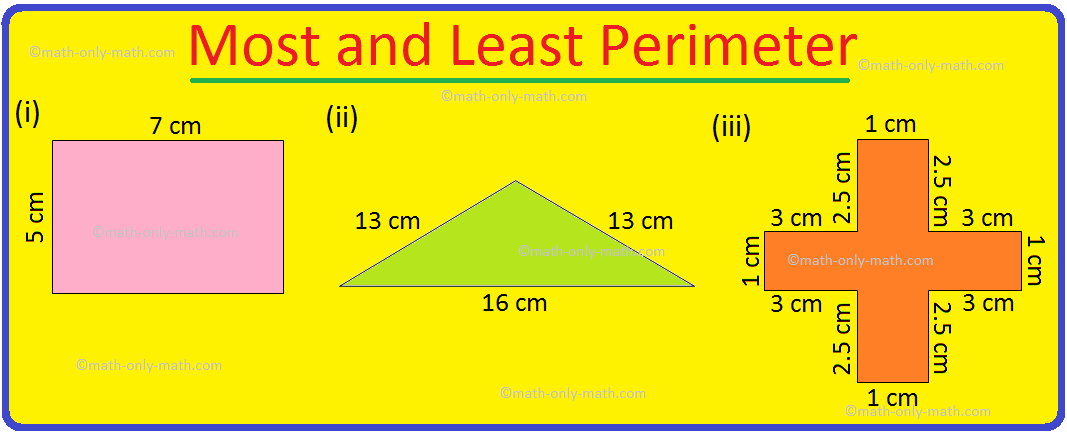
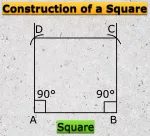
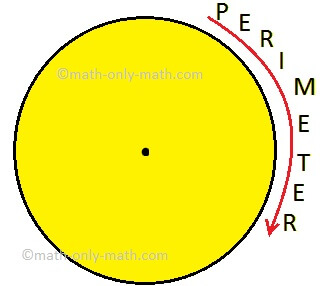
New! Comments
Have your say about what you just read! Leave me a comment in the box below. Ask a Question or Answer a Question.